How Many Times a Week Should I Work Out? Finding the Right Balance.
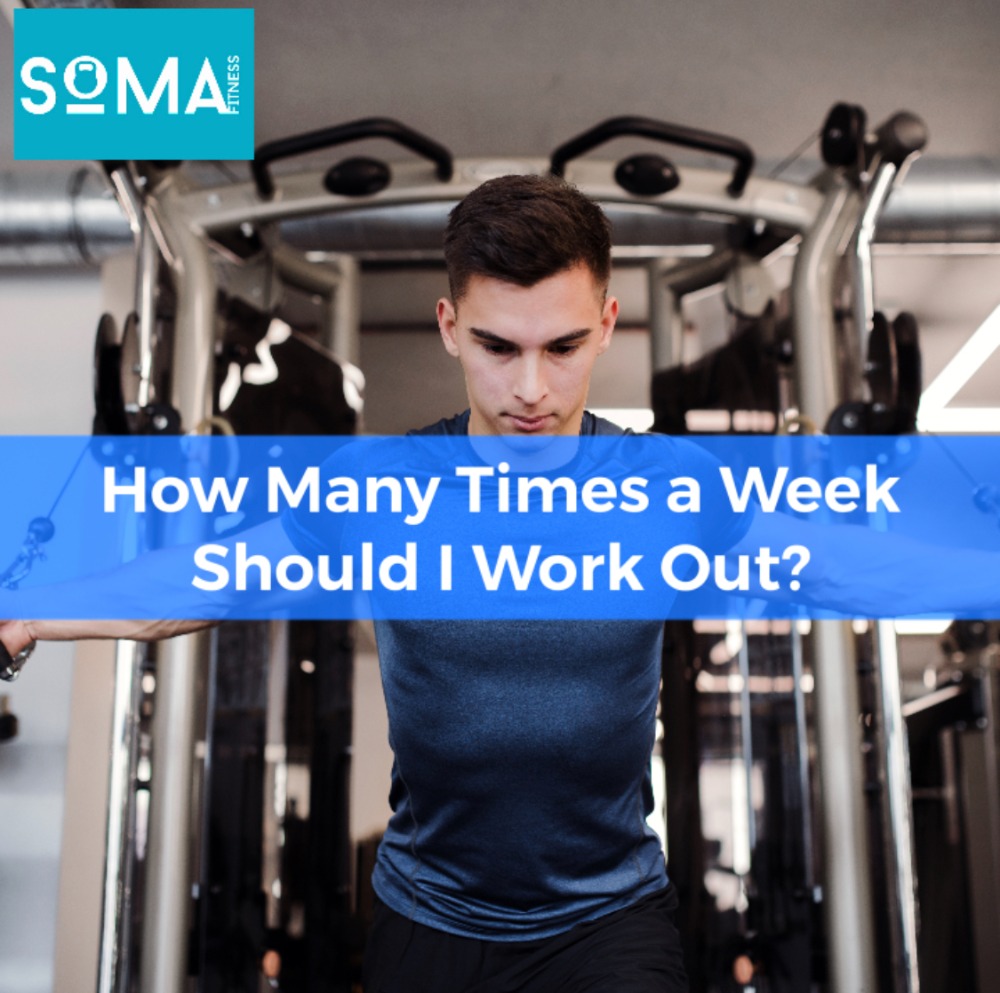
When it comes to individual fitness goals, a common question that often arises is, “How many times a week should I work out?” It’s an important consideration because finding the right balance is crucial for achieving optimal results while avoiding burnout or injury. If you’re based in Altrincham and Hale and looking for guidance on structuring your workout routine, this article will provide valuable insights as to what philosophies our personal trainers use to help you make informed decisions and maximise each individual’s fitness journey.
Understand Your Goals and Fitness Level:
Before determining the frequency of your workouts, it’s essential to understand your fitness goals and current fitness level. Are you aiming for weight loss, muscle gain, improved cardiovascular health, or overall fitness? Assessing your goals will help tailor your workout routine accordingly. Additionally, consider your current fitness level to determine the appropriate starting point and gradually progress. We utilise a fitness assessment to gather data to discover our clients starting point and progress the program from that point onwards.
The Importance of Rest and Recovery:
While exercise is crucial for achieving fitness goals, rest and recovery play an equally important role. Overtraining can lead to fatigue, decreased performance, and an increased risk of injury. Therefore, it’s vital to incorporate rest days into your routine. Adequate rest allows your muscles to recover, rebuild, and grow stronger. As a general guideline, aim for at least one to two rest days per week.
Frequency Recommendations:
The frequency of your workouts depends on several factors, including your goals, fitness level, and time availability. Here are some general recommendations to consider:
a. Beginners: If you’re new to exercise or returning after a long break, start with two to three workouts per week. This frequency allows your body to adapt and minimise the risk of overwhelming yourself.
b. General Fitness: For overall fitness maintenance, aim for three to five workouts per week. This frequency ensures consistency and helps you maintain a healthy lifestyle.
c. Weight Loss: If weight loss is your primary goal, consider increasing your workout frequency to four to six times per week. Combining cardiovascular exercises with strength training and a healthy step count can be beneficial in achieving weight loss goals.
d. Muscle Gain: If you’re looking to build muscle and strength, focus on three to six workouts per week, targeting different muscle groups on different days. Adequate rest between workouts is crucial for muscle recovery and growth.
Listen to Your Body:
While guidelines are helpful, it’s essential to listen to your body’s cues. Pay attention to how you feel physically and mentally. If you’re consistently fatigued, experiencing excessive soreness, or struggling to recover, it might be an indication that you need to reduce your workout frequency or intensity. Adjustments are necessary to avoid burnout and maintain long-term fitness success.
Determining how many times a week you should work out requires careful consideration of your goals, fitness level, and recovery needs. As a personal training business in Altrincham and Hale, we understand the importance of finding the right balance to help you achieve your fitness aspirations. If you have the opportunity to consult with a qualified personal trainer who can provide personalised guidance based on your individual circumstances. By striking a balance between exercise, rest, and recovery, you’ll pave the way for sustainable progress and a healthier, fitter you.

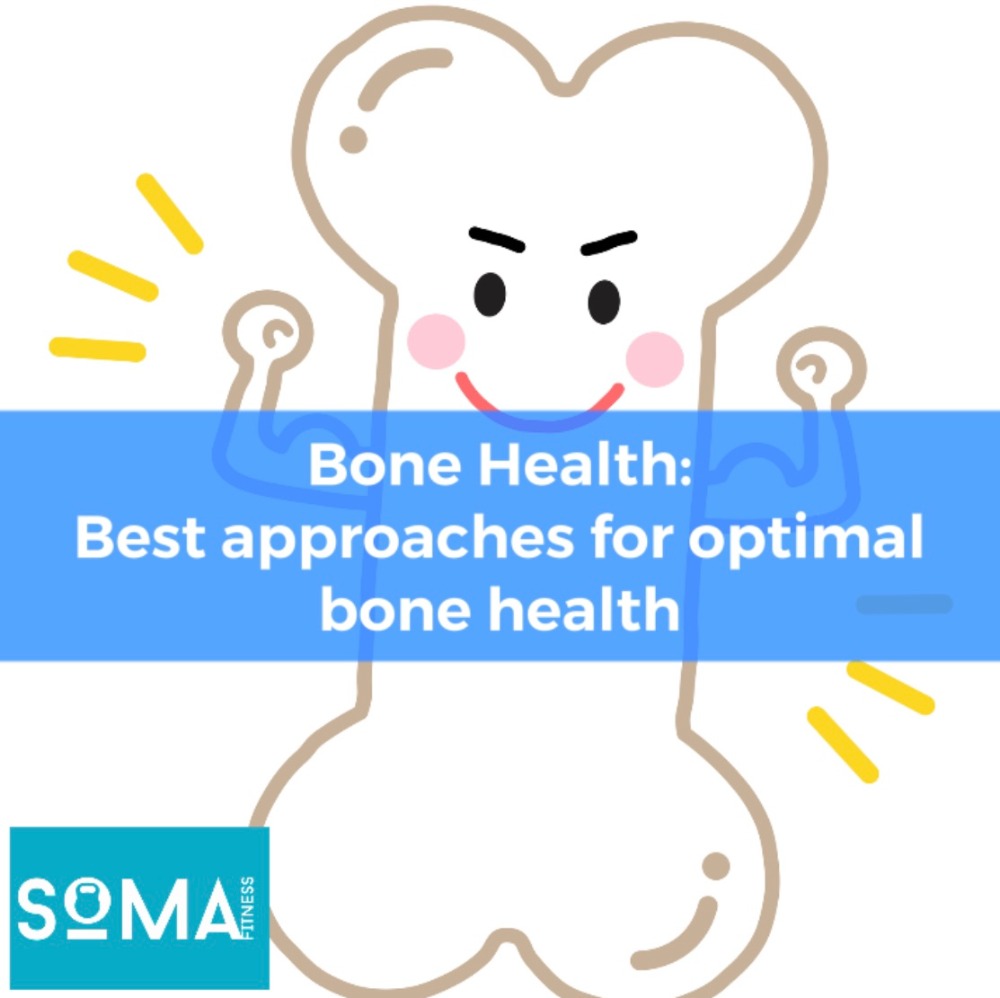




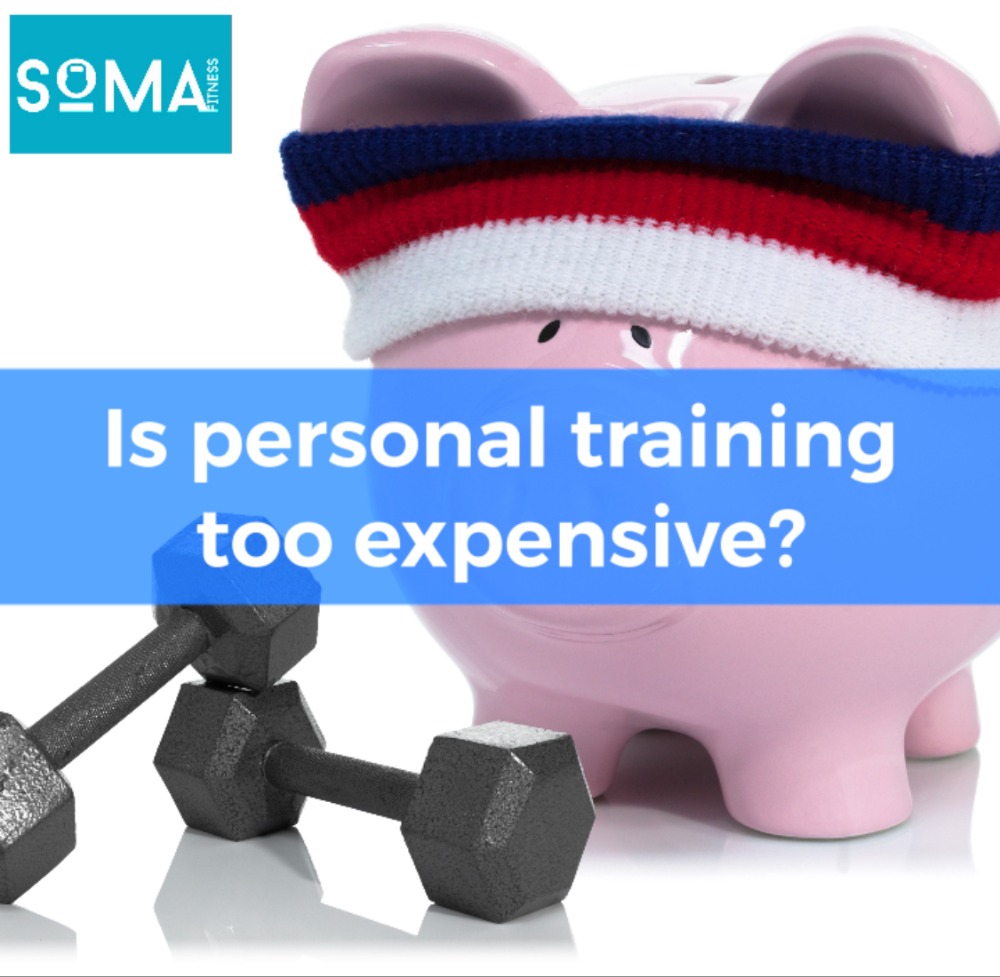
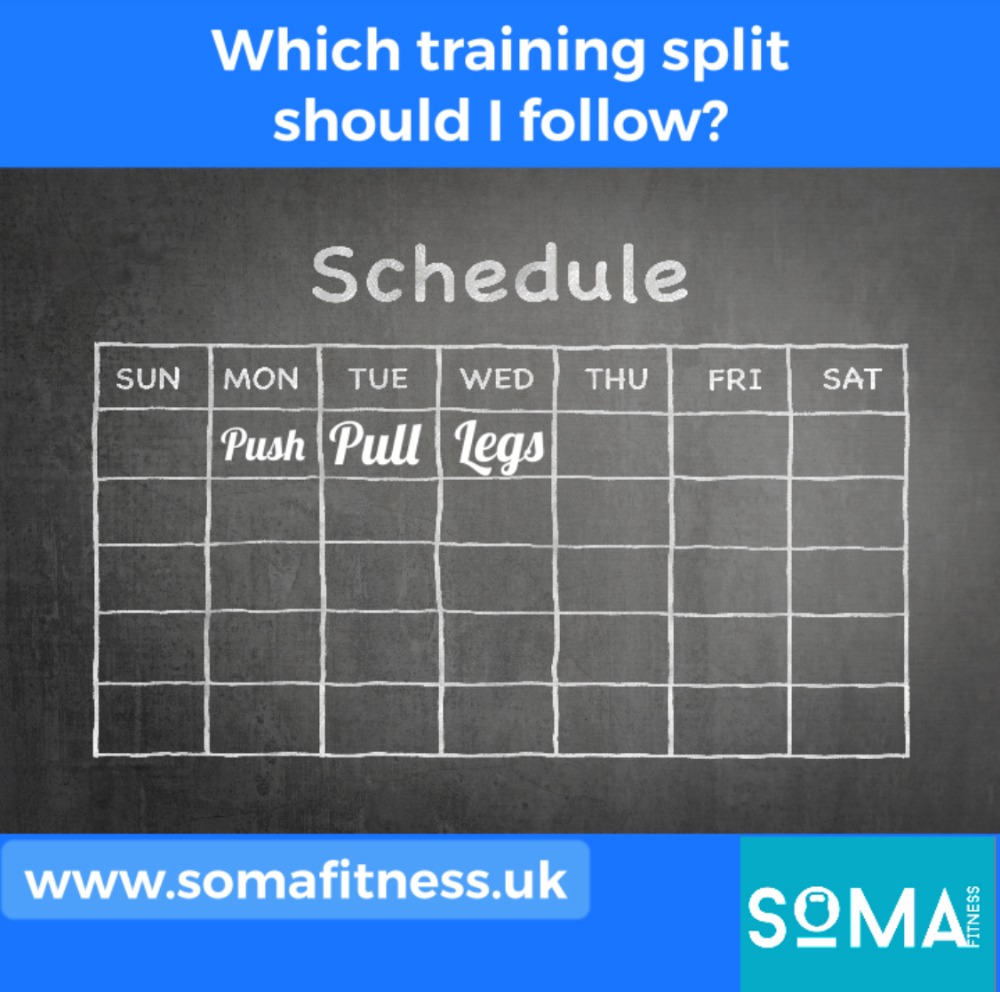
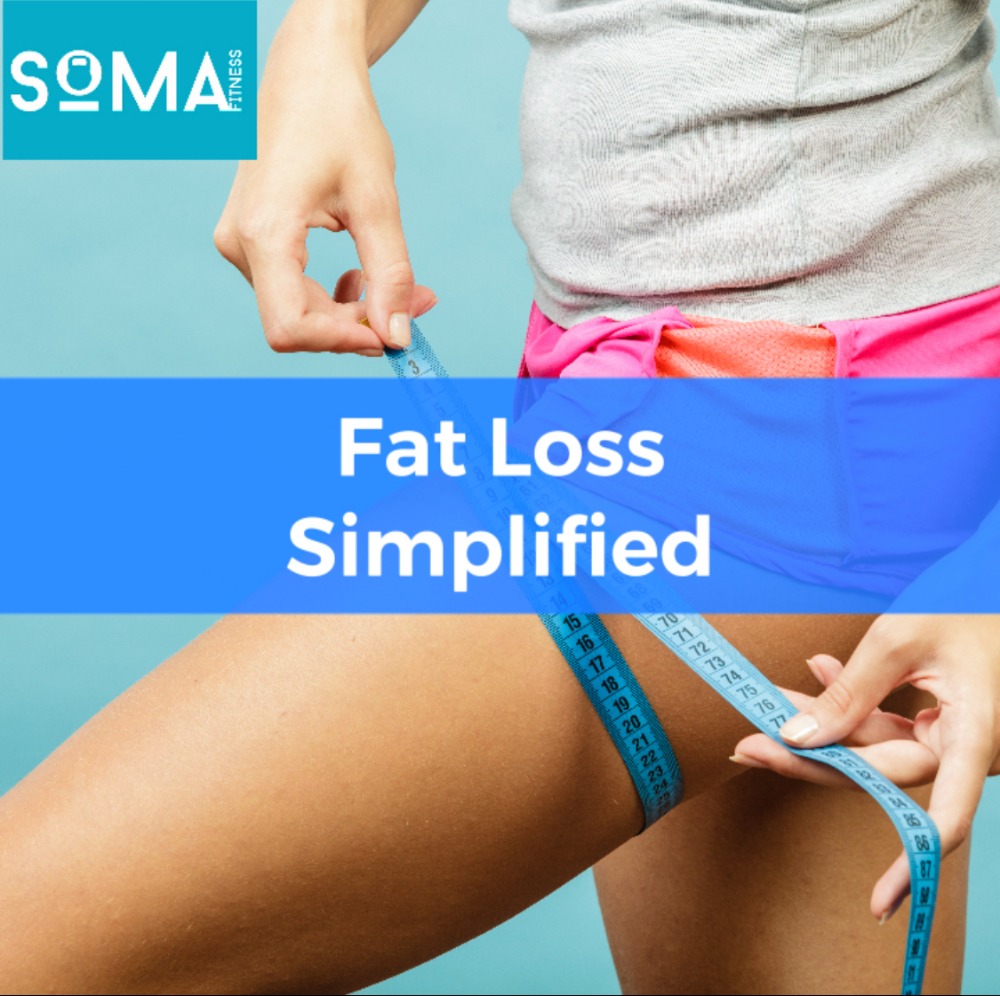
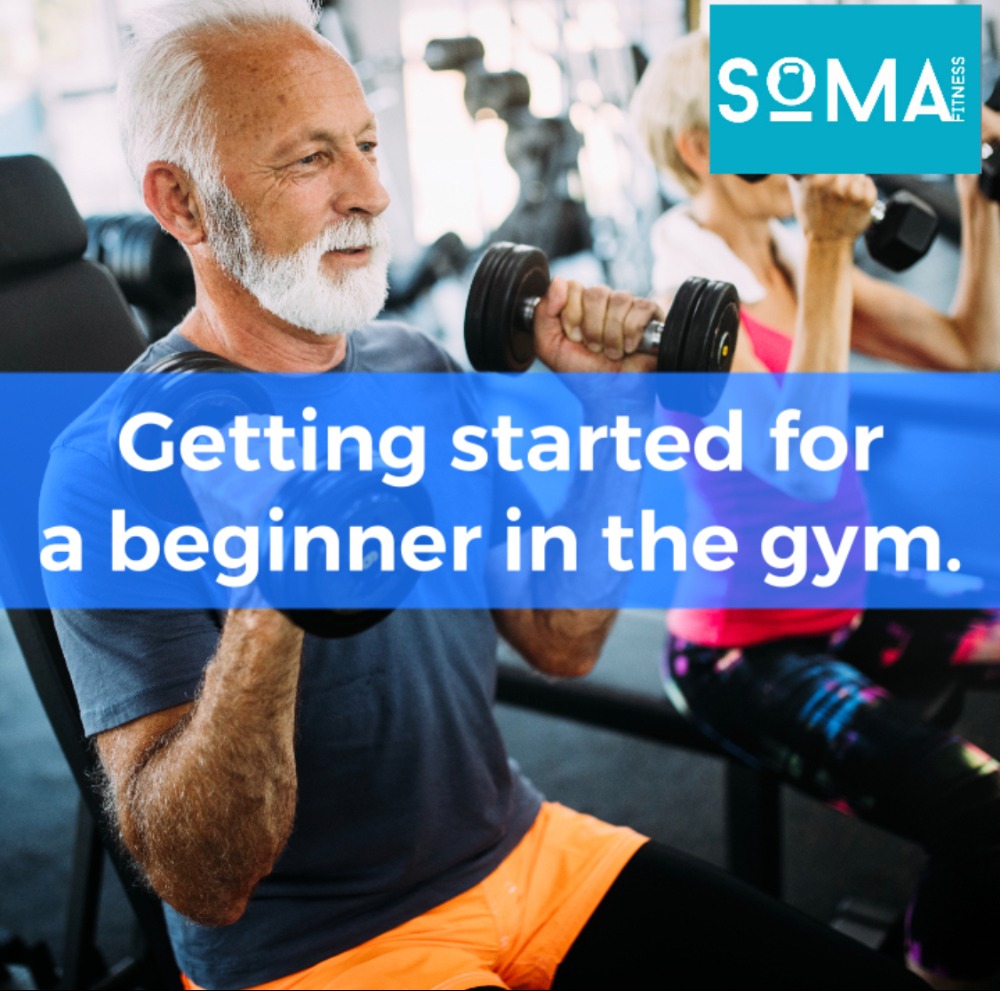
Recent Comments